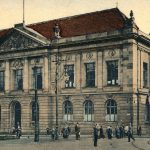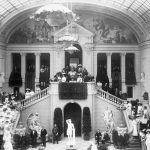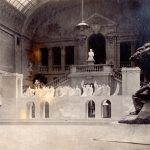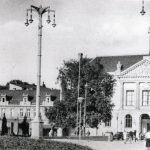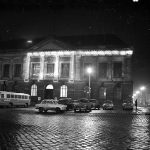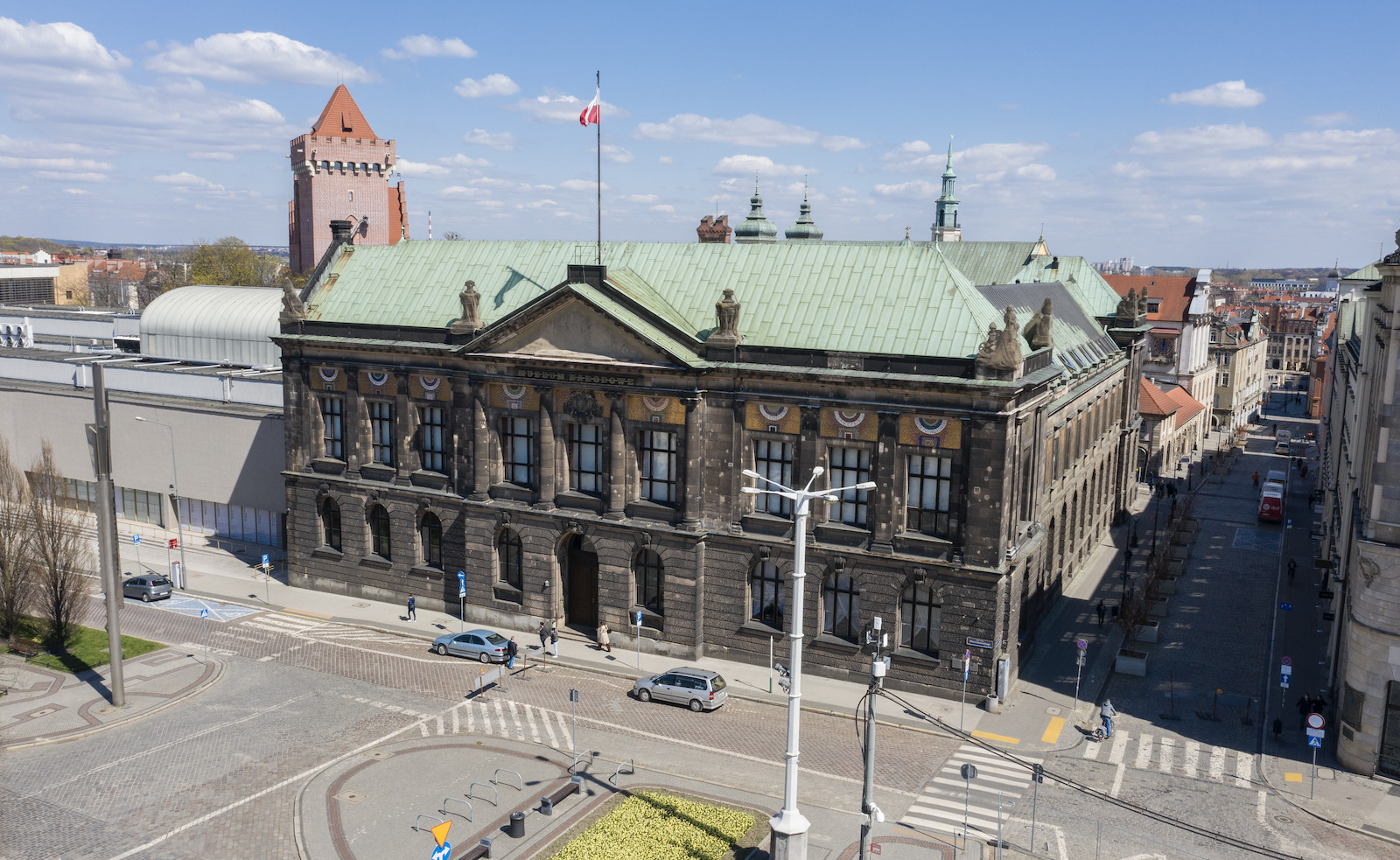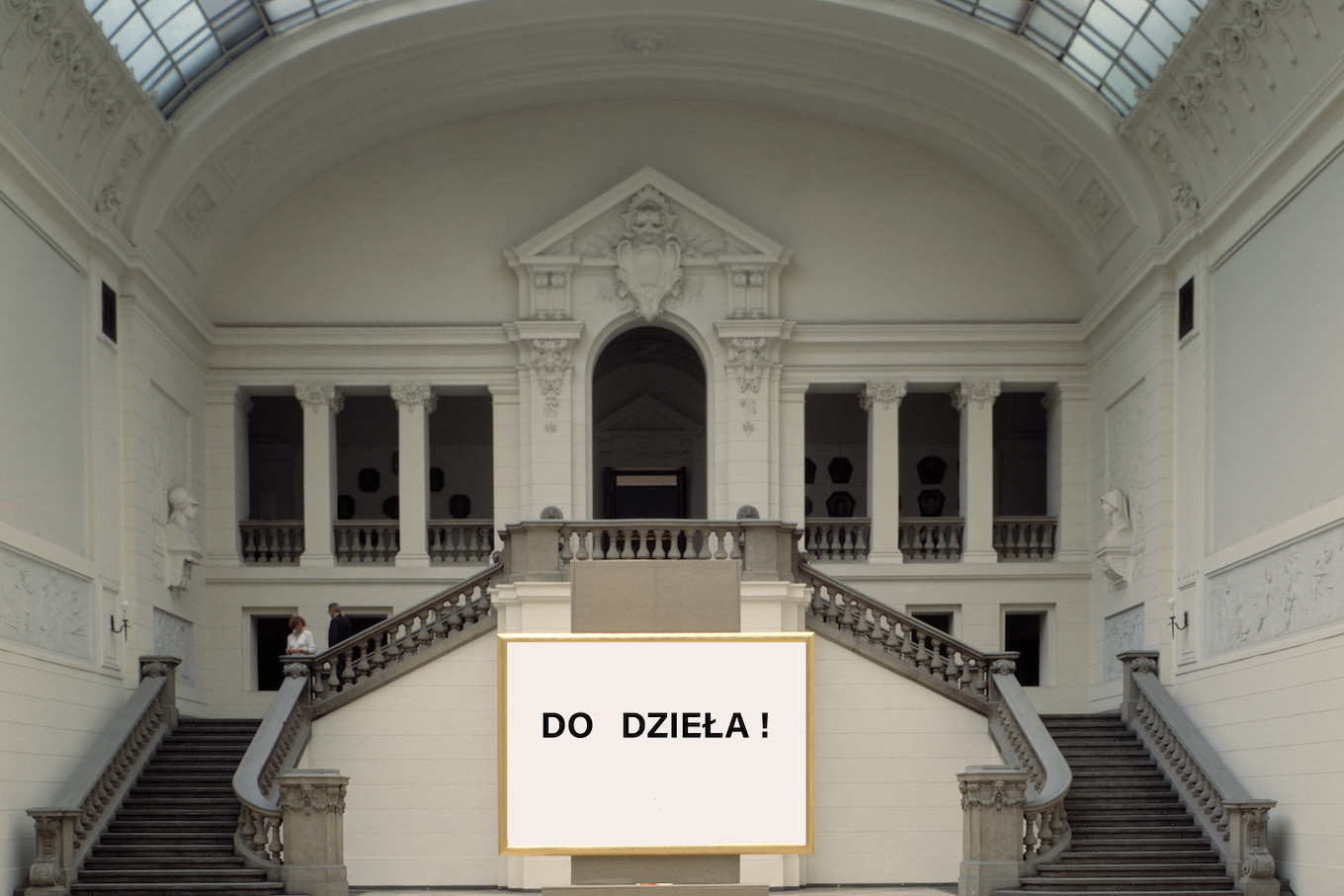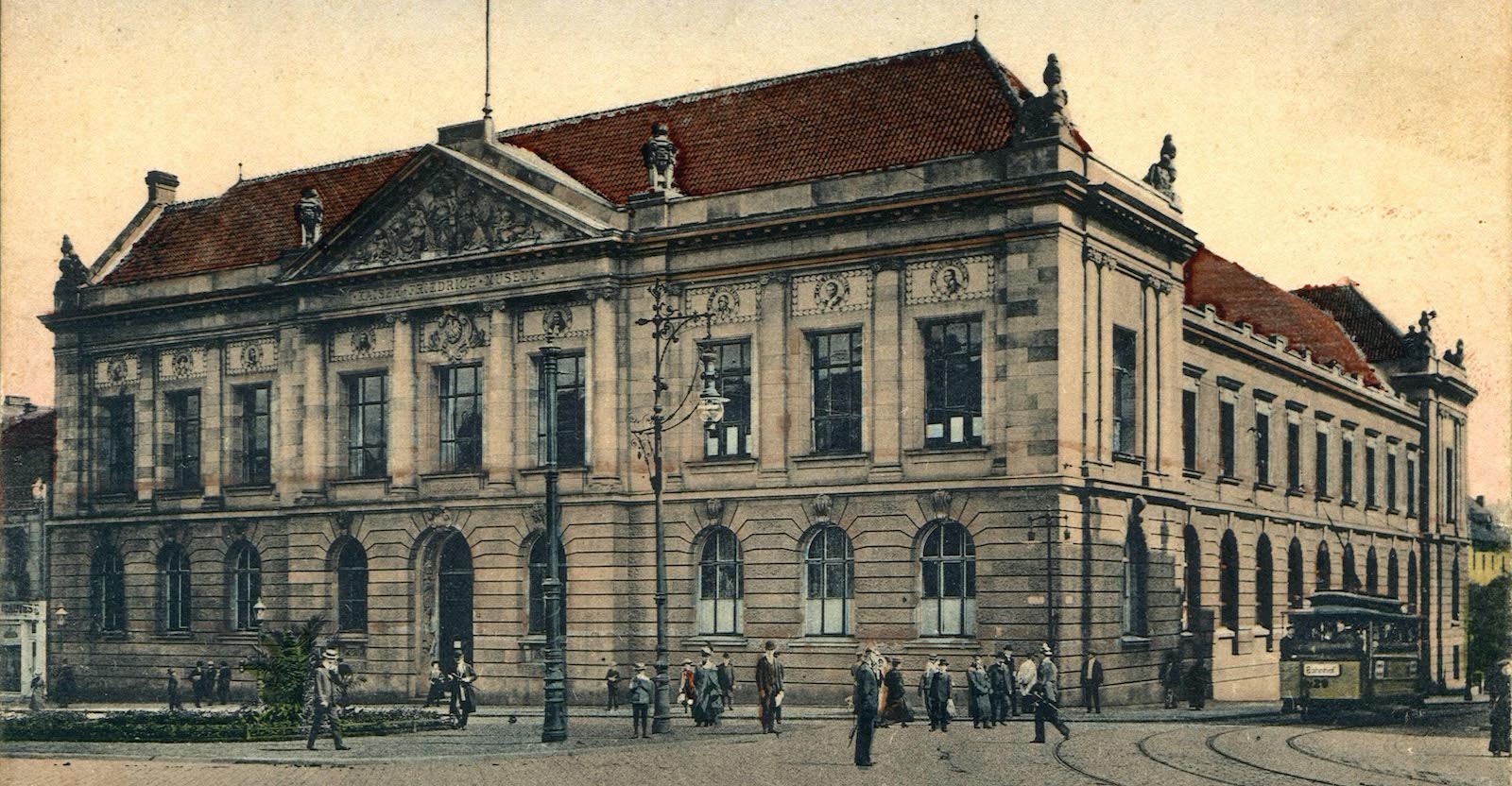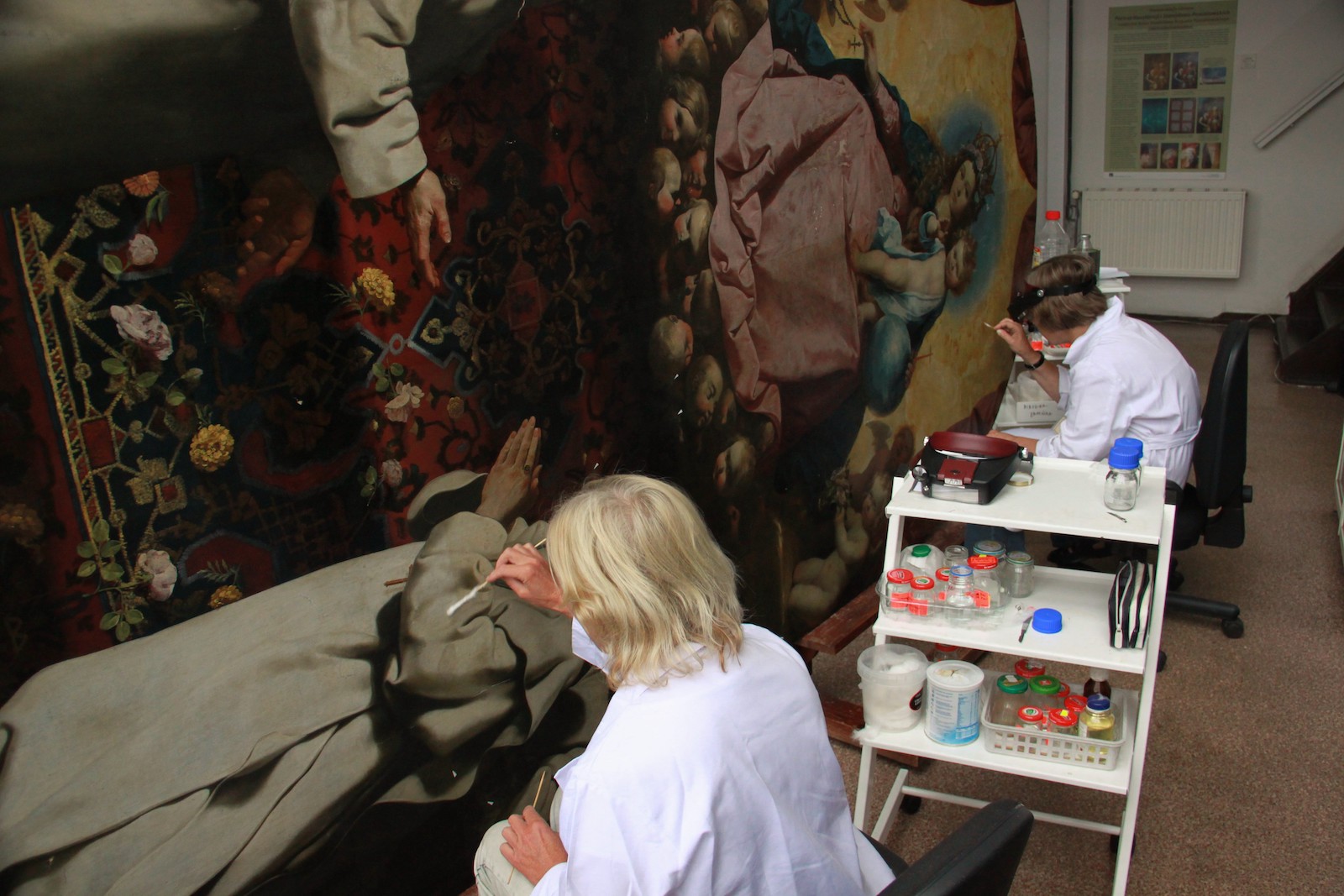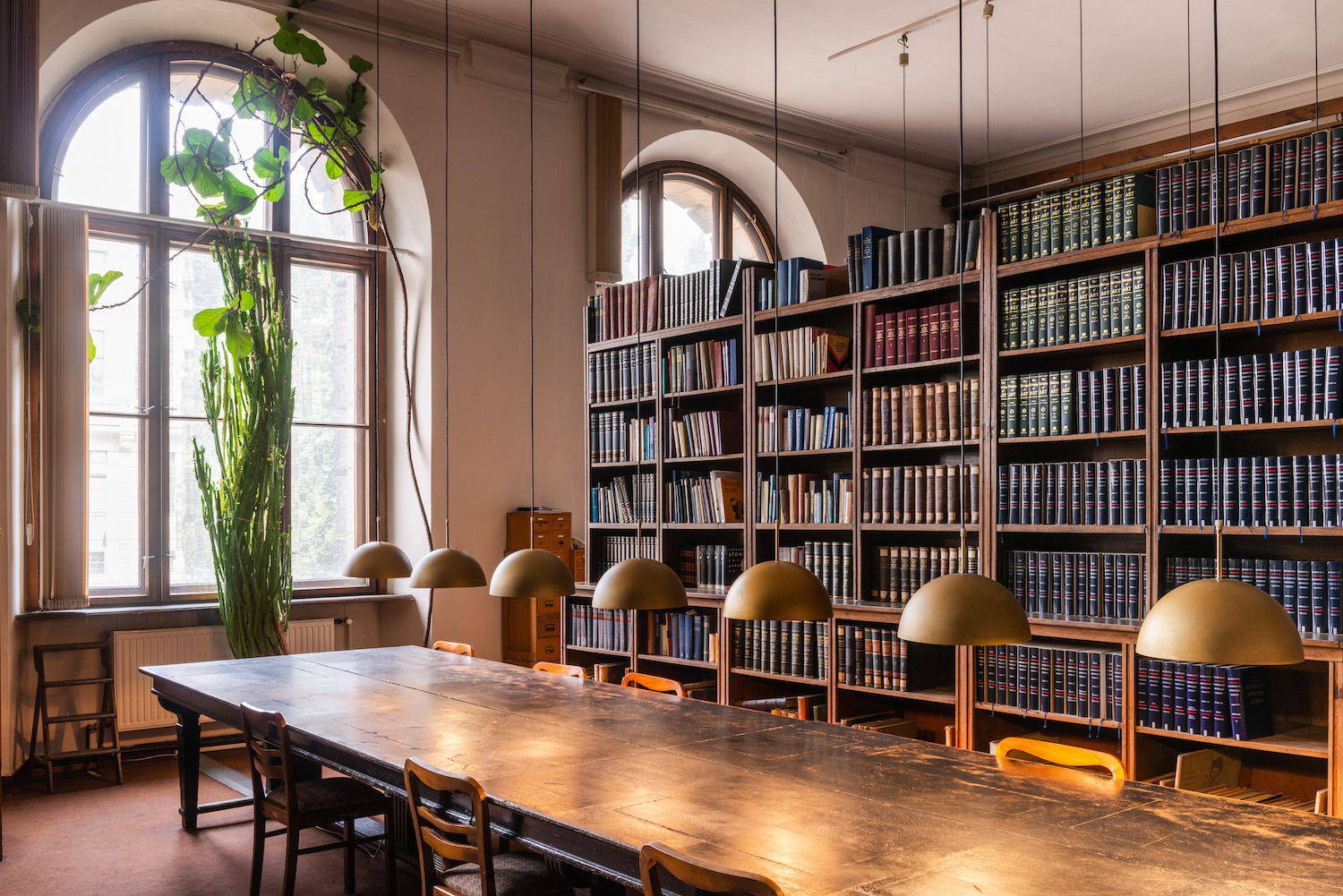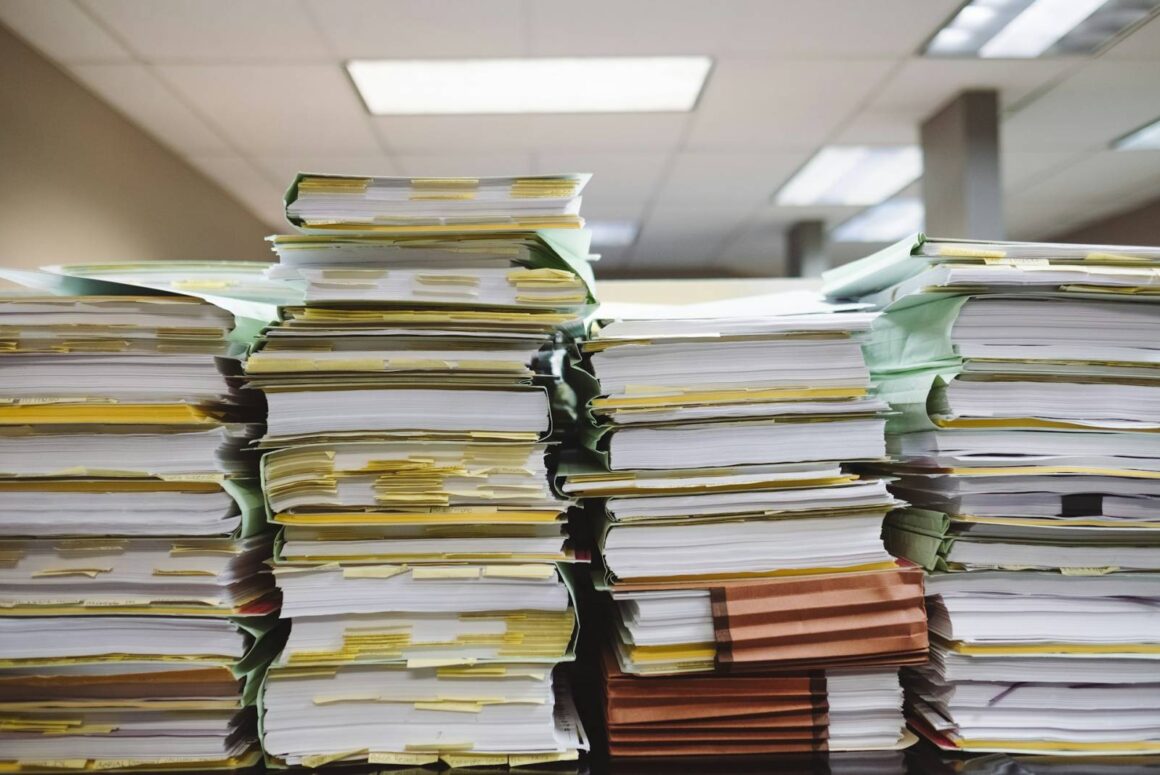History
The collections of the National Museum in Poznań are co-created by artistic collections and applied arts, a numismatic cabinet team, as well as historical or historical-artistic collections of eight Museums – Branches of the MNP. Most of our artistic collections (including artistic crafts), as well as the ethnographic collection, stem from the museum institutions created in Greater Poland from the mid-19th century to 1919, first by the Polish environment and later by the Prussian one.
The basis of our museum identity is set by the Museum of Polish and Slavic Antiquities in the Grand Duchy of Poznań, established in 1857 by the Society of Friends of Sciences. For the development of that museum, the milestone year was 1870 – the purchase by Seweryn Mielżyński of Edward Rastawiecki’s collection. This collection of paintings, prints and drawings by Polish creators of the 18th century and the first half of the 19th century, a collection of coins, medals, archaeological artifacts and a library, was handed over in its entirety the following year to the TPN, together with the so-called Miłosław Gallery – Seweryn Mielżyński’s own collection consisting of works by European creators and a library. Further generous donations of the Mielżyńskis, which enabled the construction of a building to accommodate the entire TPN collection (completed in 1882), completed the patron’s activities of the Family. In recognition of their merits, the Society gave the museum operating within its scope the name of the Museum of Mielżyński.
The history of Prussian public collecting in Greater Poland includes the activity of the Historical Society for the Province of Poznań, founded in 1885; it led to the establishment in 1893 of the Poznań Province Museum (Provinzial-Museum). The museum’s three collections: art, artistic industry and natural science, were in 1904 in the newly built Kaiser Friedrich – Museum (KFM). The importance of this Museum was largely determined by the Atanazy Raczyński collection deposited in it in 1903.
During the Second World War, as a result of German occupation and military actions, many precious exhibits, including artistic, numismatic and ethnographic collections, were destroyed.
The year 1919 initiates the history of the Greater Poland Museum – the direct institutional predecessor of the National Museum in Poznań. The official opening of the Museum took place in 1920 in the former KFM building. The high rank of this Museum was initially built by the Atanazy Raczyński collection and the ethnographic collection donated to the Museum at its opening by the Ethnographic Society. For the expansion of Polish art exhibitions, the most important significance was the deposit of the Poznań Society of Friends of Sciences in 1924 and 1933 with a set of the most valuable paintings from the Museum of Mielżyńskis.
After 1945, the structure of the Museum’s collections gradually changed, expanding the collector’s ranges with contemporary art, musical instruments, posters, military, artifacts related to the history of the City of Poznań, as well as the resources of museum workers creating collections and exhibitions of the residential branches in Rogalin, Gołuchów and Śmiełów.
The post-war development of the Museum collection and the establishment of its Branches is presented as follows:
1945 – Establishment of the Musical Instruments Division; 1956 opening of the Musical Instruments Museum in its present location
1949 – making the museum exhibition available in Rogalin, in the palace of the Raczyński family, which had been taken over by the Museum the year before; name of the branch: Museum Palace in Rogalin
1950 – renaming of the Wielkopolska Museum to the National Museum in Poznań (MNP)
1951 – transferring MNP to the Castle Museum in Gołuchów; 1962 opening of the permanent exhibition
1952/1953 – inclusion into the collections of the partially preserved collection of the City Museum, established in Poznań at the turn of 1929 and 1930 years
1954 – opening of the Museum of the History of the City of Poznań, Branch of the MNP in its present location; current name of the branch: Town Hall- Museum of Poznań
1963 – opening of the Wielkopolska Museum of Military, Branch of the MNP in its present location
1965 – opening of the Museum of Artistic Crafts, Branch of the MNP on Przemysł Hill
1975 – takeover by MNP of the palace and park in Śmiełów and opening of the first permanent exhibition this year; currently Adam Mickiewicz Museum in Śmiełów
1987 – opening of the permanent exhibition of the Ethnographic Museum, Branch of the MNP in its present location
2017 – opening of the Museum of Applied Arts after expansion of the Royal Castle in Poznań in its present location; current name of the branch: Museum of Applied Arts in the Royal Castle in Poznań
2022 – the Museum of Applied Arts in Poznan was renamed the Royal Castle Museum of Applied Arts in Poznań, and the Museum of the History of Poznań was renamed the Town Hall – Poznań Museum.
For the artistic collections of the National Museum in Poznań, the fundamental significance was given to the establishment in 1991 of the Raczyński Foundation at the National Museum in Poznań. It regulated the legal status of the Raczyński collections from Rogalin, including the Edward Alexander Raczyński Rogalińska Gallery and the collection of Atanazy Raczyński, after the accession in 1997 of the heirs of the Kurland line of the Raczyński family to the Foundation. A wider discussion of both outstanding historical collections can be found in the informational texts dedicated to the Gallery of European Art and the Gallery of Polish Art from the 18th to the mid-20th century.


